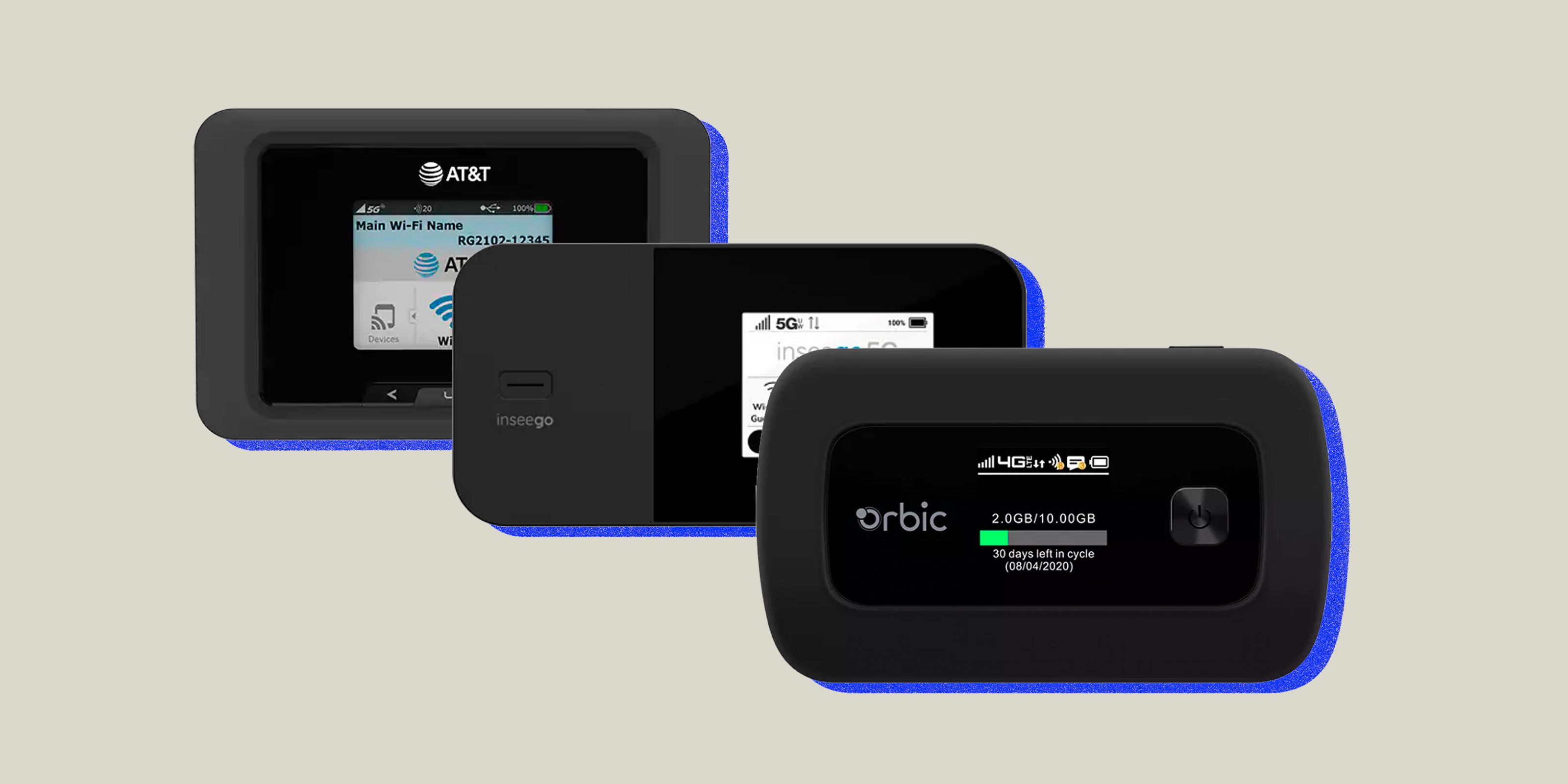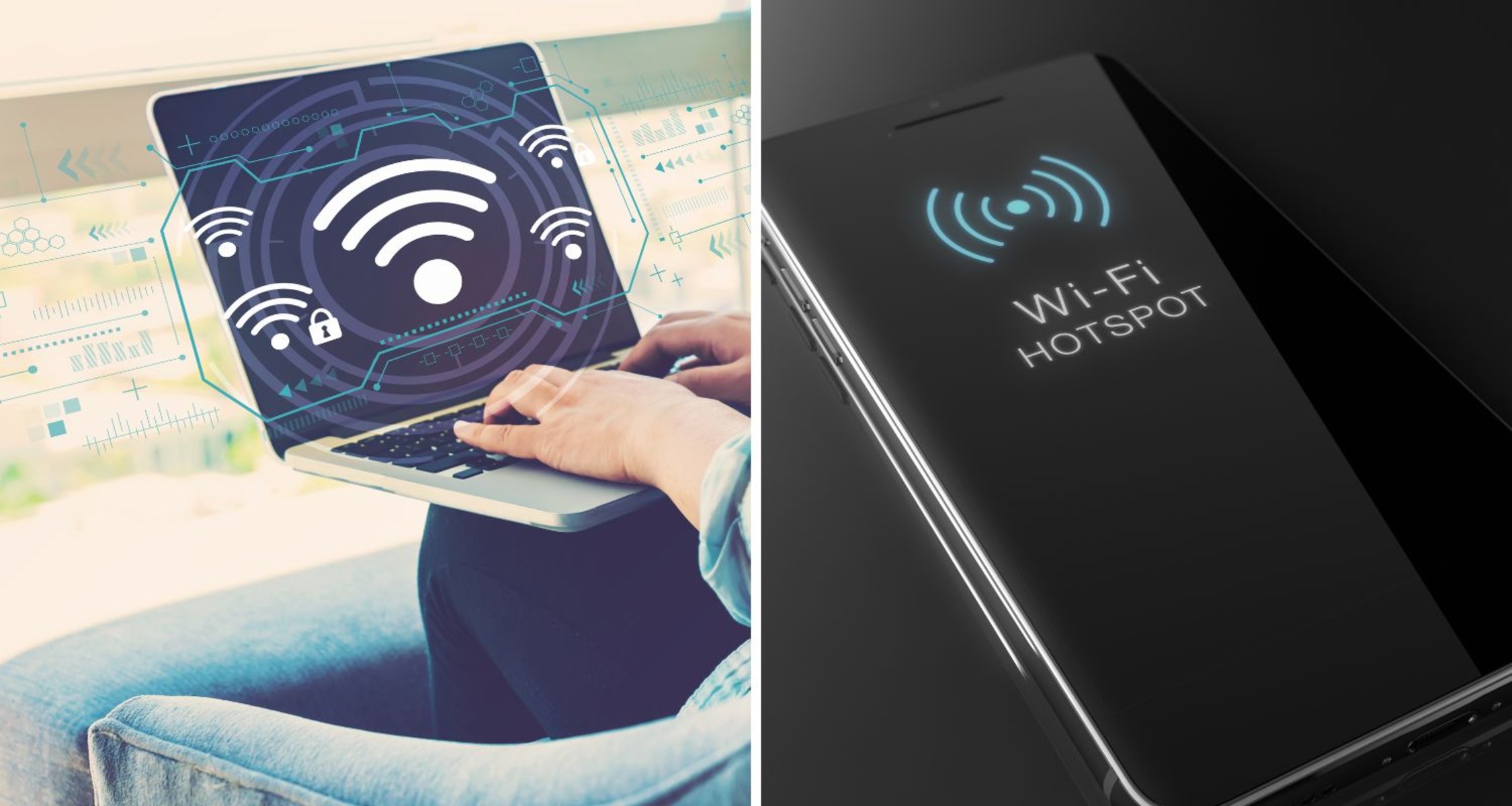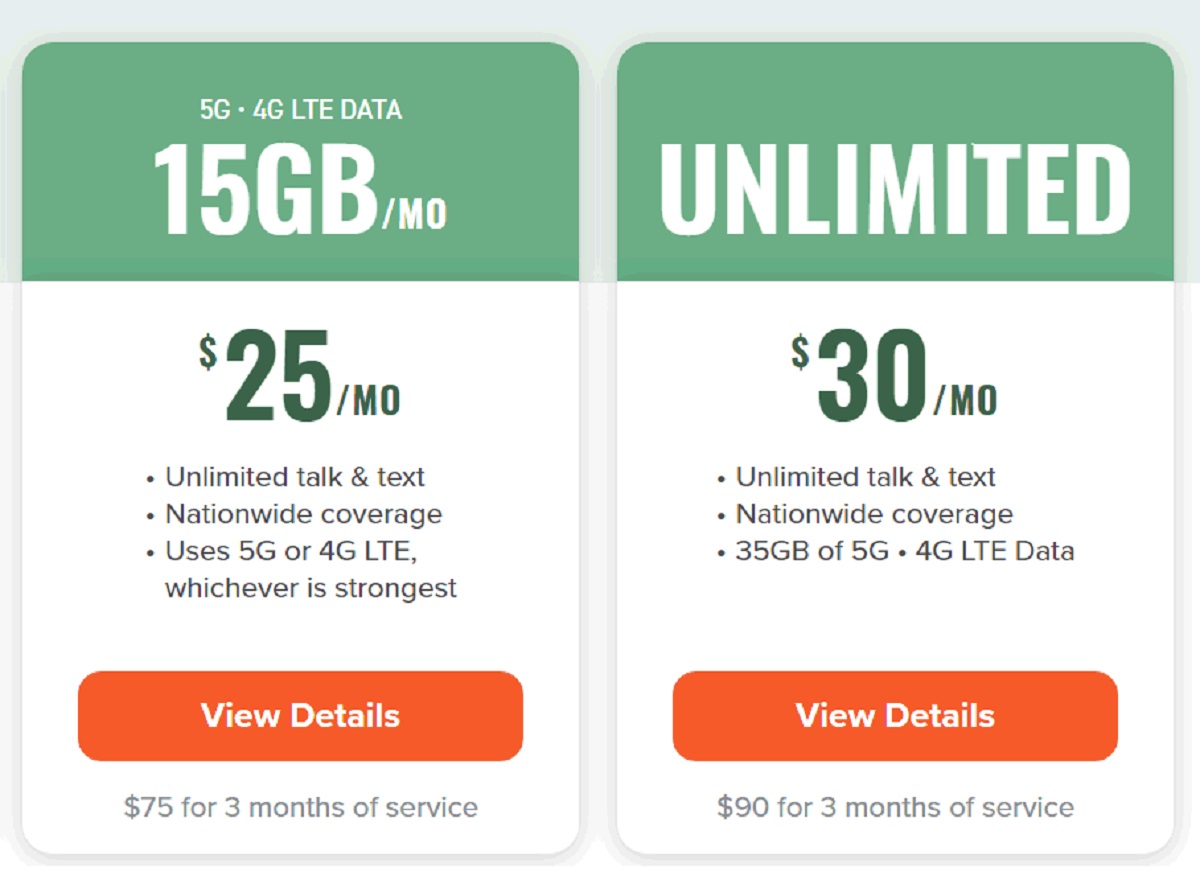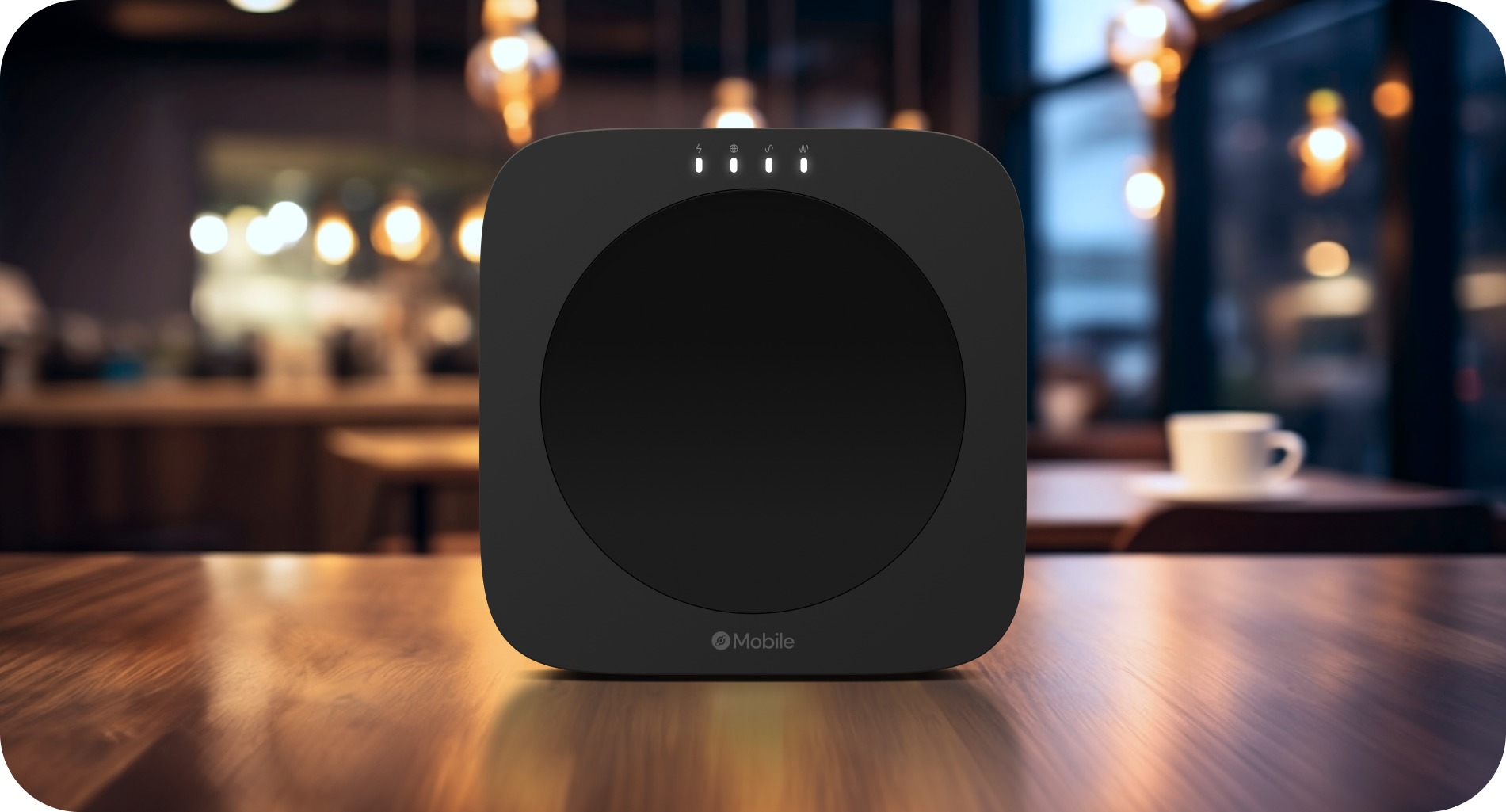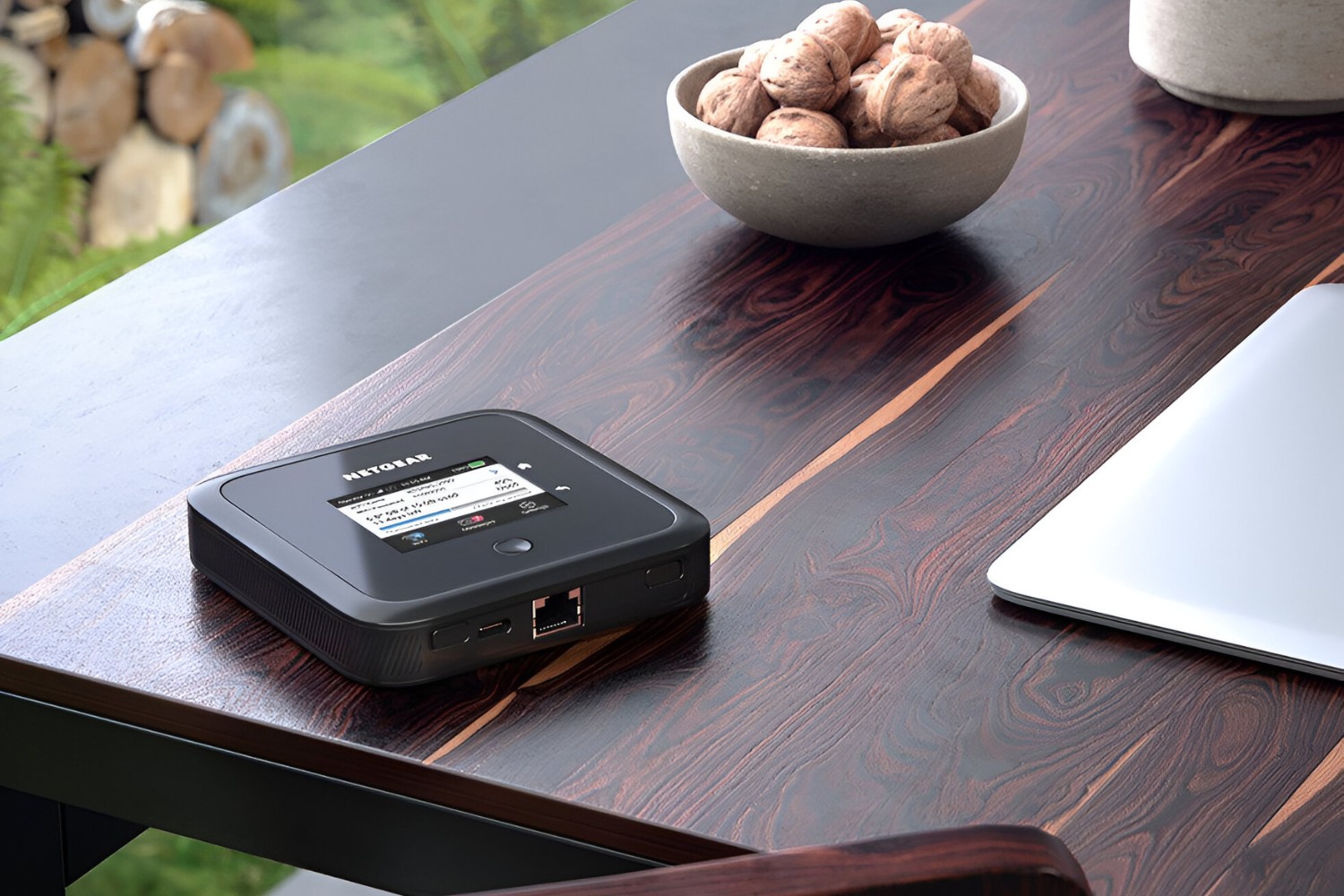Introduction
In today's fast-paced digital world, staying connected is a necessity. Whether it's for work, entertainment, or keeping in touch with loved ones, having access to the internet on the go is a convenience many of us rely on. One popular method for achieving this connectivity is through the use of a mobile hotspot. This technology allows us to harness the power of cellular data to create a portable Wi-Fi network, enabling us to connect our devices to the internet wherever we are.
The convenience of mobile hotspots is undeniable, but understanding how to effectively manage data usage is crucial. With data plans often coming with limitations, it's essential to have a clear understanding of how much data different activities consume and how to estimate the duration of a hotspot's functionality based on these factors.
In this comprehensive guide, we will delve into the intricacies of hotspot data usage and explore the various factors that can impact the duration of a 10GB hotspot. By gaining insight into these aspects, you will be equipped with the knowledge needed to make informed decisions about your hotspot usage, ensuring that you can stay connected without exceeding data limits or experiencing unexpected disruptions.
Let's embark on this journey to unravel the mysteries of hotspot data usage and learn how to estimate the duration of a 10GB hotspot, empowering you to make the most of this versatile technology while effectively managing your data consumption.
Understanding Hotspot Data Usage
When utilizing a mobile hotspot, it's essential to comprehend how data is consumed to effectively manage usage and avoid unexpected depletion. Hotspot data usage refers to the amount of cellular data consumed when devices connect to and utilize the internet through the hotspot. This usage is influenced by various activities, each impacting data consumption differently.
-
Browsing the Web: Activities such as web browsing, accessing social media platforms, and reading articles contribute to moderate data usage. While individual web pages may not consume significant data, frequent browsing can collectively impact hotspot data usage.
-
Streaming Media: Streaming services for music, videos, and online gaming are among the most data-intensive activities. High-definition video streaming, in particular, can quickly deplete data allowances. Understanding the resolution and quality settings of streaming platforms is crucial for managing data usage.
-
Downloading and Uploading: Large file downloads and uploads, such as software updates, documents, and multimedia content, can significantly impact hotspot data usage. It's important to monitor and schedule these activities to avoid excessive data consumption.
-
Video Calls and Conferencing: Engaging in video calls and virtual meetings consumes varying amounts of data based on the resolution and duration of the calls. Understanding the data consumption patterns of communication platforms is vital for managing hotspot data usage during virtual interactions.
-
Background Processes and Updates: Devices connected to a hotspot may perform background processes, including app updates, cloud synchronization, and system maintenance. These processes can quietly consume data without the user's direct involvement, necessitating awareness and management.
By comprehending the diverse activities that contribute to hotspot data usage, users can make informed decisions to optimize their data consumption. Furthermore, understanding the impact of each activity on data usage enables users to prioritize and regulate their online engagements, ensuring efficient utilization of their hotspot data allowance.
Factors Affecting Hotspot Duration
Several factors play a pivotal role in determining the duration of a mobile hotspot's functionality and the rate at which data is consumed. Understanding these factors is crucial for effectively managing hotspot usage and optimizing the available data allowance. Here are the key elements that influence hotspot duration:
-
Connected Devices: The number of devices simultaneously connected to the hotspot directly impacts data consumption and, consequently, the duration of the hotspot's functionality. Each connected device utilizes a portion of the available data, collectively influencing the overall usage.
-
Data-Intensive Activities: Engaging in data-intensive activities, such as high-definition video streaming, online gaming, and large file downloads, accelerates data consumption and reduces the duration of the hotspot. Monitoring and regulating these activities are essential for preserving data allowance.
-
Quality of Connection: The strength and stability of the cellular network connection significantly affect data usage. Instable or weak connections may lead to increased data consumption as devices strive to maintain connectivity, potentially shortening the duration of the hotspot.
-
Device Settings and Updates: Devices connected to the hotspot may initiate automatic updates, synchronization processes, and background tasks, consuming data even when not actively in use. Managing device settings to control automatic updates and background processes is essential for optimizing hotspot duration.
-
Time Spent Online: The duration for which devices remain connected to the hotspot directly impacts data usage. Prolonged online sessions, especially when engaging in data-intensive activities, can rapidly deplete the available data allowance, shortening the overall hotspot duration.
-
Data Management Practices: User behavior and data management practices, such as monitoring data usage, setting data limits on devices, and utilizing data-saving features, significantly influence hotspot duration. Implementing effective data management strategies is essential for maximizing the longevity of the hotspot's functionality.
By considering these factors and implementing proactive measures to manage data usage, users can extend the duration of their hotspot, ensuring sustained connectivity while effectively utilizing the available data allowance. Awareness of these influencing elements empowers users to make informed decisions regarding their online activities, ultimately enhancing their hotspot experience and minimizing the risk of unexpected data depletion.
Estimating Hotspot Duration for 10GB Data
Estimating the duration of a 10GB hotspot involves analyzing the interplay between data consumption factors and the specific data allowance. With 10 gigabytes of data at your disposal, it's essential to gauge how various activities and influencing elements impact the longevity of the hotspot's functionality.
To provide a tangible estimate, it's crucial to consider the average data consumption rates for common online activities. For instance, streaming high-definition video content can consume approximately 3GB per hour, while standard definition streaming may utilize around 1GB per hour. Browsing the web and engaging in social media activities typically result in more modest data consumption, averaging at approximately 50-70MB per hour. Furthermore, activities such as video calls, online gaming, and large file downloads contribute varying degrees of data consumption, each influencing the overall hotspot duration.
Considering the influencing factors outlined earlier, it's evident that the number of connected devices, the intensity of online activities, and the quality of the connection significantly impact data usage. Therefore, estimating the duration of a 10GB hotspot necessitates a thoughtful assessment of these factors in conjunction with the anticipated usage patterns.
For example, with a single device engaged in moderate web browsing and occasional social media usage, the 10GB data allowance can potentially provide approximately 150-200 hours of connectivity. However, if the hotspot is utilized for frequent high-definition video streaming across multiple devices, the data consumption rate escalates, potentially reducing the duration to around 30-40 hours.
By factoring in the specific context of usage, including the number of connected devices, the nature of online activities, and the duration of usage, individuals can derive a personalized estimation of the 10GB hotspot duration tailored to their anticipated usage patterns.
Understanding the dynamics of hotspot data usage and the influencing factors enables users to make informed decisions regarding their connectivity needs while effectively managing their data allowance. By leveraging this understanding, individuals can optimize their hotspot usage, ensuring sustained connectivity while mitigating the risk of premature data depletion.
In essence, estimating the duration of a 10GB hotspot involves a personalized assessment of usage patterns and data consumption factors, empowering users to make proactive decisions to maximize the longevity of their hotspot's functionality.
Tips for Managing Hotspot Data Usage
-
Monitor Data Usage: Regularly track your hotspot data usage to stay informed about your consumption patterns. Most smartphones offer built-in tools to monitor data usage, allowing you to set data limits and receive alerts as you approach your threshold. By staying vigilant, you can proactively manage your data usage and avoid unexpected depletion.
-
Leverage Data-Saving Features: Many devices and applications offer data-saving features designed to minimize data consumption without compromising the user experience. Enabling features such as data compression, automatic quality adjustments for streaming, and data usage optimization settings can significantly extend the duration of your hotspot.
-
Opt for Wi-Fi Where Available: Whenever possible, connect your devices to Wi-Fi networks instead of relying solely on your hotspot. Utilizing Wi-Fi reduces the burden on your hotspot data allowance, preserving it for situations where Wi-Fi connectivity is unavailable or unreliable.
-
Schedule Data-Intensive Activities: Plan data-intensive tasks, such as large file downloads, software updates, and high-definition video streaming, during periods when alternative connectivity options, such as Wi-Fi, are accessible. Scheduling these activities strategically minimizes the impact on your hotspot data allowance.
-
Educate Connected Users: If multiple devices are connected to your hotspot, educate the users about data-conscious behaviors. Encourage them to prioritize essential activities and avoid unnecessary data-heavy tasks to collectively optimize data usage and prolong the hotspot's functionality.
-
Utilize Offline Modes: Many applications, such as music streaming services and navigation tools, offer offline modes that allow you to download content for offline use. Leveraging offline modes reduces the need for continuous data connectivity, conserving your hotspot data for essential online activities.
-
Manage Background Processes: Configure your connected devices to limit background processes and automatic updates, especially when using the hotspot. By controlling these processes, you can prevent unnecessary data consumption, preserving your hotspot data for intentional usage.
-
Implement Data Caps and Alerts: Set data caps and alerts on individual devices to prevent excessive data consumption. Establishing limits and receiving alerts when nearing these thresholds empowers users to regulate their usage and avoid surpassing their data allowances.
By implementing these tips and integrating them into your hotspot usage practices, you can effectively manage your data consumption, extend the duration of your hotspot's functionality, and maximize the value of your data allowance. These proactive measures empower you to stay connected while maintaining control over your data usage, ensuring a seamless and sustainable hotspot experience.
Conclusion
In conclusion, the management of hotspot data usage is an essential aspect of leveraging this versatile technology while ensuring sustained connectivity without encountering unexpected data limitations. By gaining a comprehensive understanding of the factors influencing hotspot duration and the dynamics of data consumption, individuals can make informed decisions to optimize their hotspot usage effectively.
Estimating the duration of a 10GB hotspot involves a personalized assessment of usage patterns, the number of connected devices, and the nature of online activities. By considering the specific context of usage, users can derive tailored estimations that align with their anticipated data consumption patterns. This personalized approach empowers individuals to proactively manage their data allowance, maximizing the longevity of their hotspot's functionality while avoiding premature data depletion.
Furthermore, implementing proactive data management strategies, such as monitoring data usage, leveraging data-saving features, and scheduling data-intensive activities, enables users to extend the duration of their hotspot and make the most of their data allowance. By integrating these strategies into their hotspot usage practices, individuals can maintain control over their data consumption, ensuring sustained connectivity while minimizing the risk of exceeding their data limits.
Ultimately, the effective management of hotspot data usage is a balancing act that involves optimizing connectivity while preserving the available data allowance. By embracing awareness, proactive measures, and informed decision-making, individuals can harness the power of mobile hotspots without the fear of unexpected data limitations. This empowers users to stay connected on their terms, leveraging the convenience of mobile hotspots while maintaining control over their data usage.
In essence, understanding hotspot data usage, estimating hotspot duration, and implementing proactive data management practices collectively contribute to a seamless and sustainable hotspot experience. By leveraging this knowledge, individuals can navigate the digital landscape with confidence, ensuring uninterrupted connectivity while effectively managing their data allowance.







